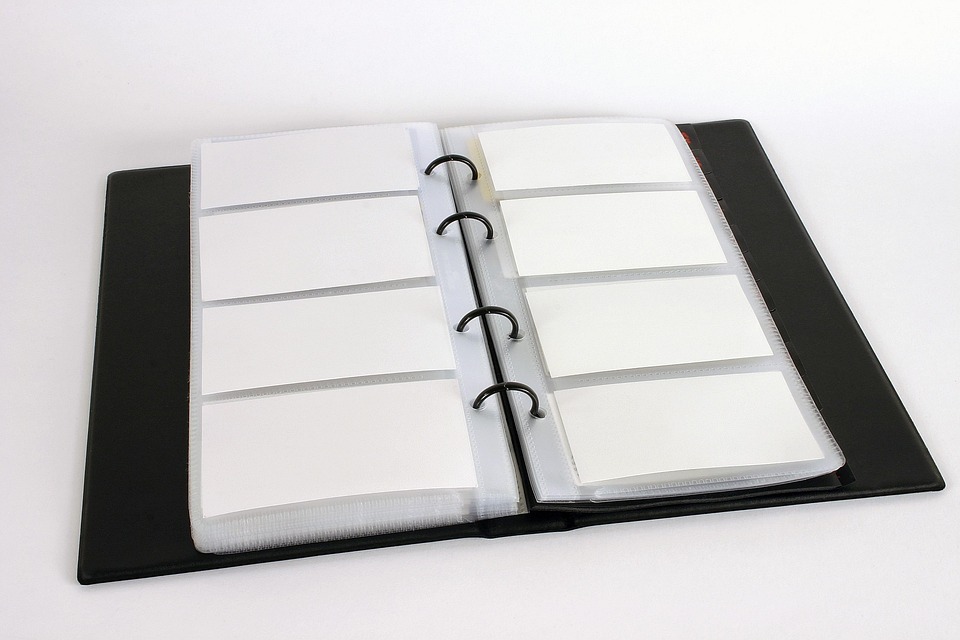Student Loan Forgiveness: A Guide to Eligibility and Application Processes
As student debt continues to be a significant concern for millions of Americans, student loan forgiveness programs have gained traction as a potential solution. These programs aim to alleviate the financial burden on borrowers by canceling a portion or all of their student loan debt. Understanding the eligibility requirements and application processes is crucial for anyone seeking relief from their student loans.
What is Student Loan Forgiveness?
Student loan forgiveness refers to various programs that allow borrowers to have some or all of their student loan debt canceled. These programs can be based on specific criteria, such as employment in certain sectors, a borrower’s income level, or the type of loan they have. The most well-known forgiveness programs include Public Service Loan Forgiveness (PSLF), Teacher Loan Forgiveness, and income-driven repayment (IDR) plan forgiveness.
Eligibility Criteria for Student Loan Forgiveness
Eligibility for student loan forgiveness varies depending on the specific program. Here are some general criteria that may apply:
1. **Type of Loan**: Only federal student loans are eligible for most forgiveness programs. Private loans typically do not qualify.
2. **Employment**: Programs like PSLF require borrowers to work in qualifying public service jobs, such as government or non-profit sectors. Teacher Loan Forgiveness, on the other hand, is available for educators in low-income schools.
3. **Repayment Plans**: Some forgiveness programs require borrowers to be enrolled in specific repayment plans, such as income-driven repayment plans.
4. **Payment History**: To qualify for forgiveness, borrowers may need to make a certain number of qualifying payments. For PSLF, for example, borrowers must have made 120 qualifying payments while working full-time in a qualifying position.
5. **Loan Status**: Borrowers may need to be in good standing with their loans, meaning they are not currently in default.
Types of Student Loan Forgiveness Programs
There are several types of student loan forgiveness programs available:
– **Public Service Loan Forgiveness (PSLF)**: This program forgives the remaining balance on federal Direct Loans after borrowers make 120 qualifying monthly payments while employed by a qualifying employer.
– **Teacher Loan Forgiveness**: Teachers who work in low-income schools for five consecutive years may qualify for forgiveness of up to $17,500 on their Direct or Stafford loans.
– **Income-Driven Repayment (IDR) Forgiveness**: Borrowers enrolled in IDR plans may have their remaining loan balance forgiven after making payments for 20 to 25 years, depending on the plan.
– **Total and Permanent Disability Discharge**: Borrowers who are totally and permanently disabled may qualify for discharge of their federal student loans.
Application Process for Student Loan Forgiveness
The application process for student loan forgiveness can vary depending on the program. Here are some general steps to follow:
1. **Determine Eligibility**: Review the requirements for the specific forgiveness program to confirm that you meet the criteria.
2. **Gather Documentation**: Collect necessary documents, such as proof of employment, loan details, and payment history.
3. **Complete the Application**: Fill out the required application form for the forgiveness program. For PSLF, this involves submitting the PSLF application and Employment Certification Form.
4. **Submit the Application**: Send your application to the appropriate loan servicer or agency. Be sure to keep copies for your records.
5. **Follow Up**: After submitting your application, follow up with your loan servicer to ensure it has been received and is being processed.
Conclusion
Student loan forgiveness can provide much-needed relief to borrowers struggling with debt. Understanding the various programs, eligibility requirements, and application processes is essential for anyone looking to take advantage of these options. By doing thorough research and staying organized, borrowers can navigate the complexities of student loan forgiveness and work towards achieving financial freedom.



